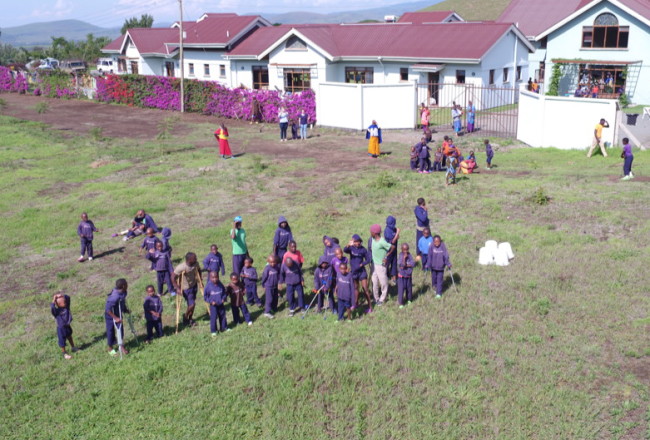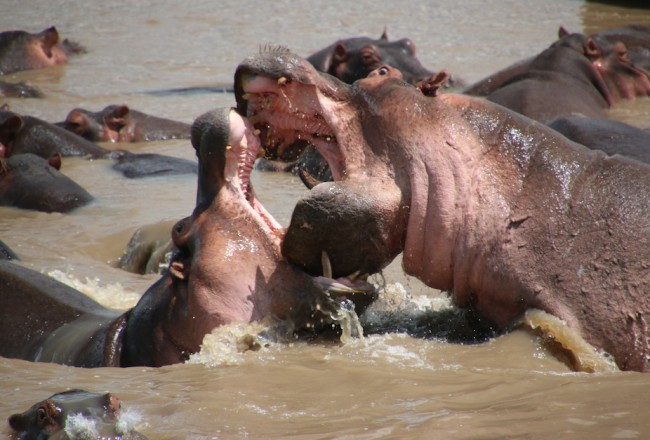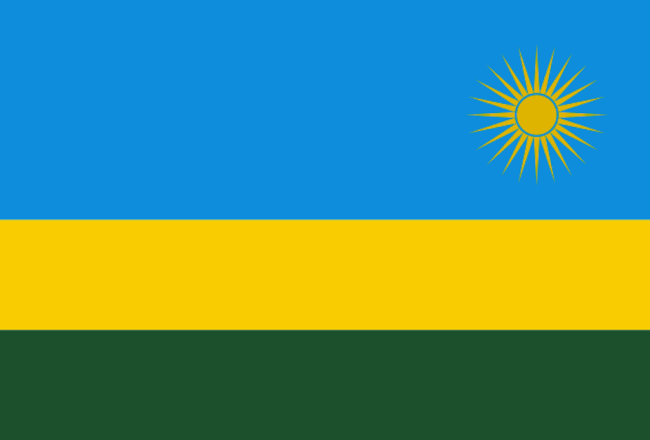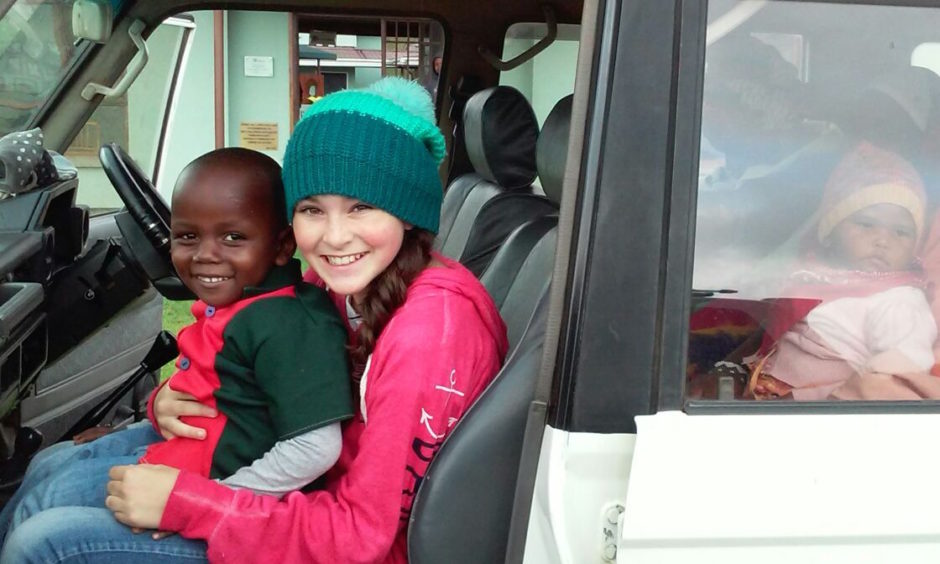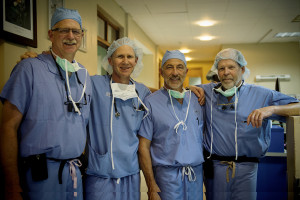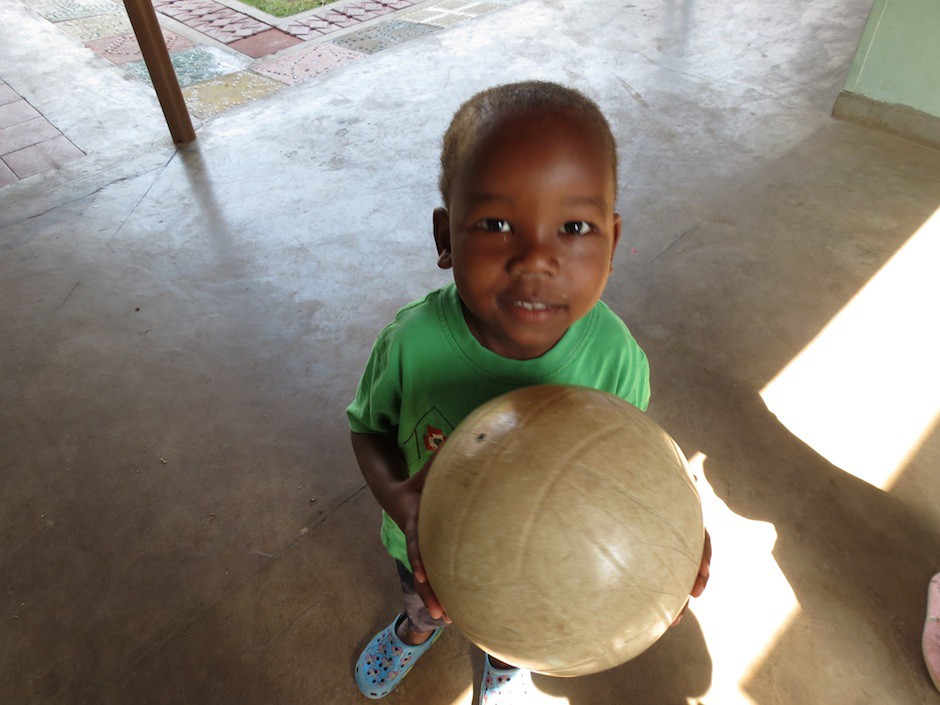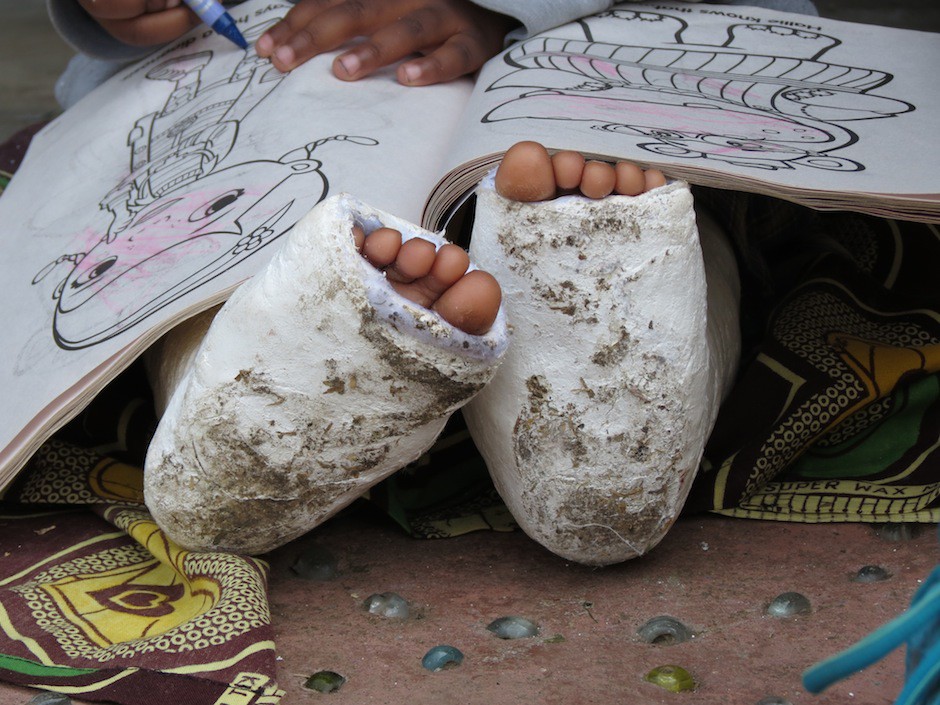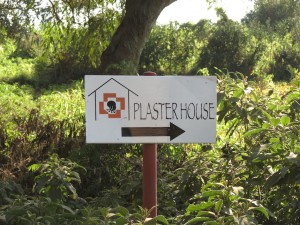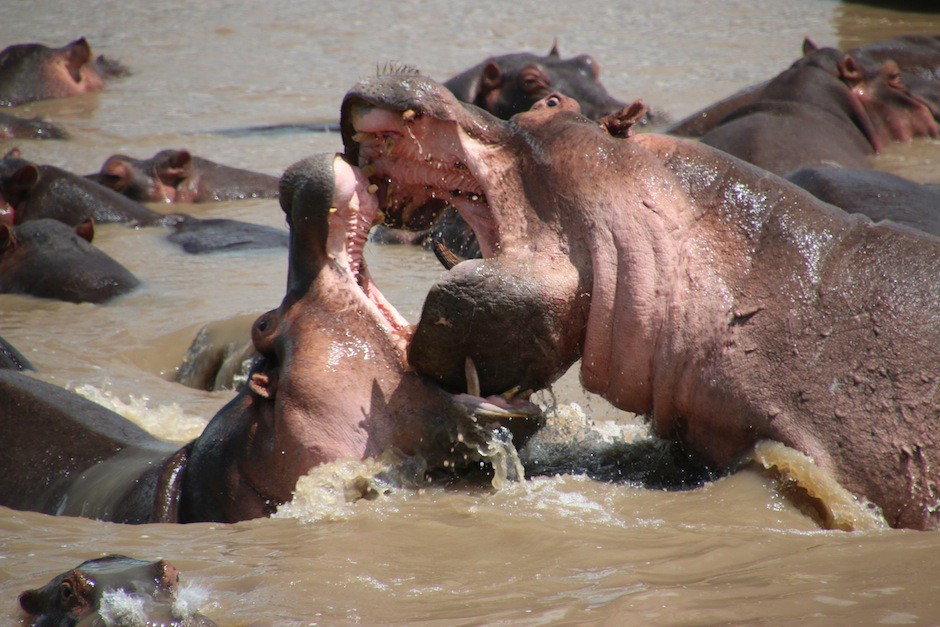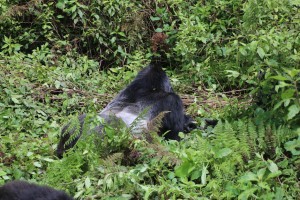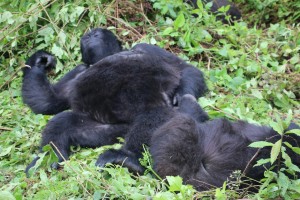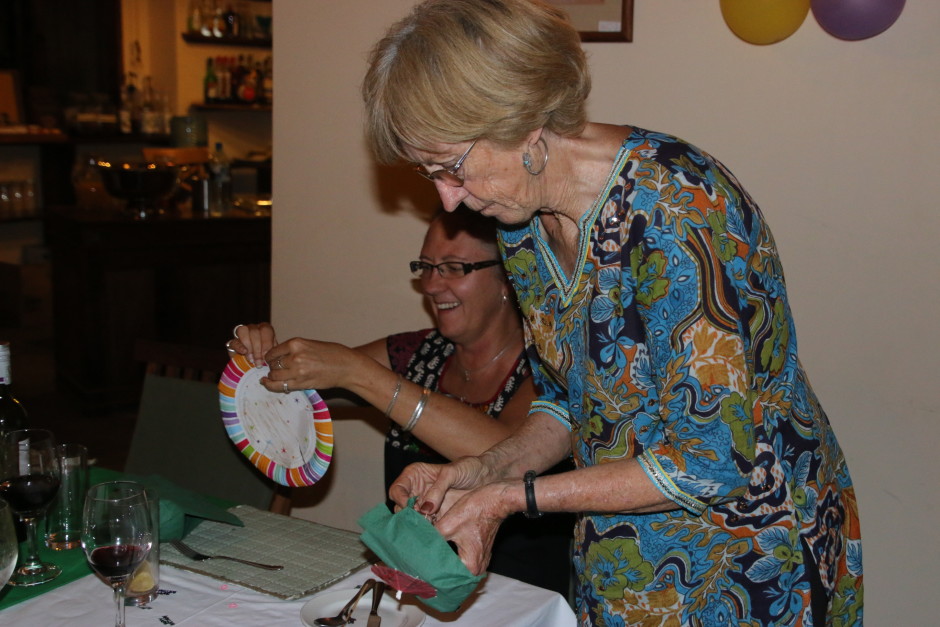THIS FRIDAY AT 7 P.M.
Join me to kick off my fundraising tour for The Plaster House when I read my story, “Little Man Nuru,” about returning four-year old Nuru to his village after corrective surgery for clubfeet and successful rehab at The Plaster House. I will be joined by four other Bozeman writers chosen by Thunderhead Writers’ Collective.
The reading will be held in the Weaver Room at the Emerson Cultural Center in Bozeman, Montana.
THE BACKSTORY: HOW DID THIS CRAZY FUNDRAISING THING GET ROLLING?
Do you know Gail Weingart? Deb asks me.
You have to call my son, he travels to Tanzania all the time. Janet tells me.
Have you talked to John and Laurie? They have a safari company?
Talk to everyone you know who fundraises. I mean everyone. Sarah, Deborah, Vanessa, Eric, Carl.
Do you know Mary Mathison? You must connect with her. She has twenty years of experience with international non-profits.
Did you get your 501(c)(3) figured out?
Make your introduction to Jon Fielder. What’s the time difference between here and Nairobi again?
Call Jim and Steph Taylor. You should invite them to dinner. They loved Tanzania when they went last year.
Follow up with Christine Drinan in New York. She visited The Plaster House over Christmas and painted with the kids. Loved it! Said she’s going to write an article. Maybe you can connect with her when you’re there in April?
Okay, okay, okay.
Check, check, check.
Oh my God! I’m having tea with Christine in her apartment. What am I going to wear? She she wants to host a fundraiser for us in October in New York!
The ball starts rolling.



